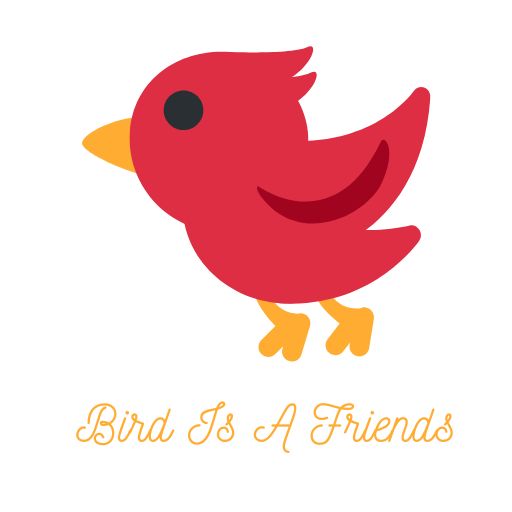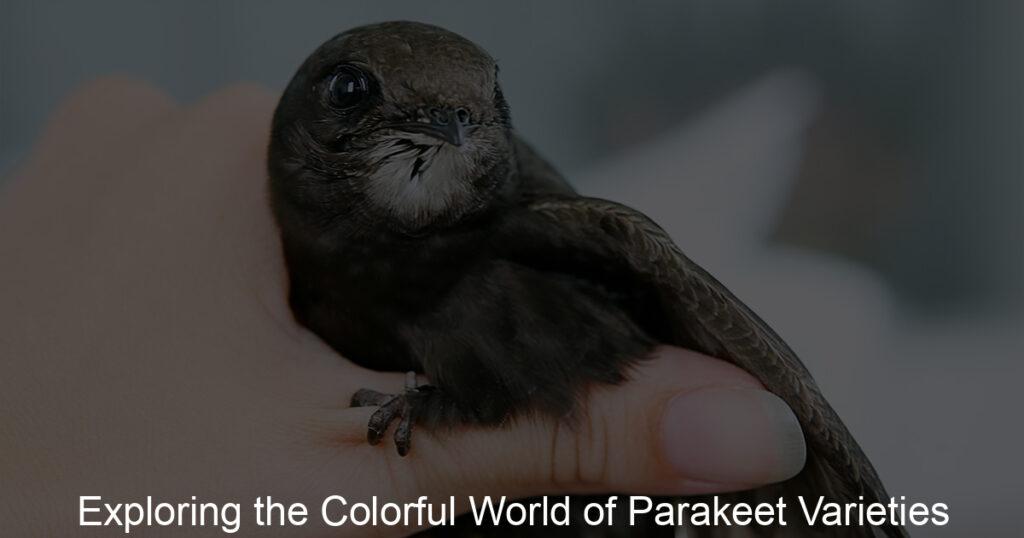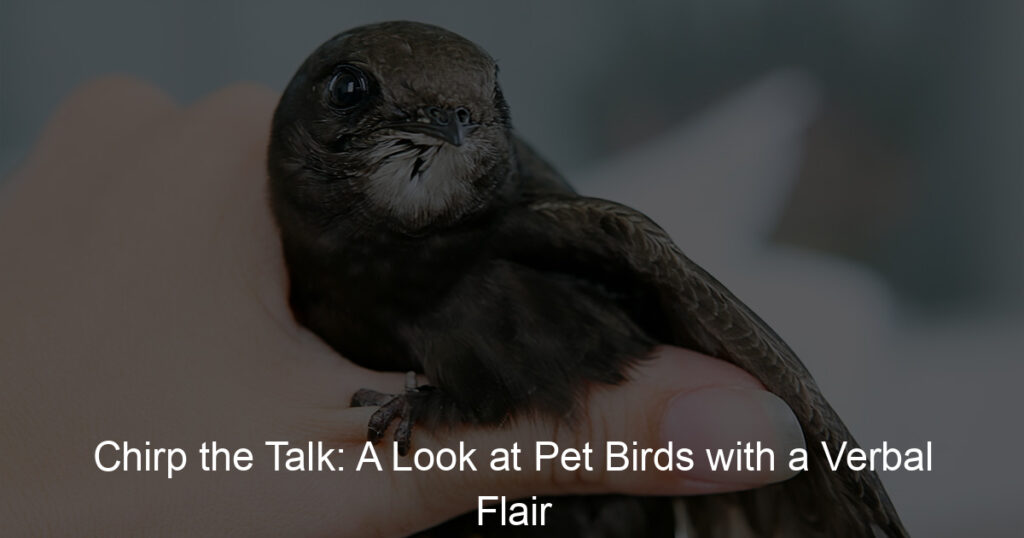
Introduction to Finch Housing Strategies
When it comes to creating a comfortable and safe environment for finches, understanding the right housing strategies is crucial. This article will guide you through the importance of proper finch housing, the challenges of multi-finch living, and the benefits of harmonious bird housing.
- Understanding the Importance of Proper Finch Housing
- Challenges in Multi-Finch Living
- Benefits of Harmonious Bird Housing
Finches, like all birds, require a specific type of housing to thrive. A suitable home for a finch includes enough space to fly and exercise, a clean environment to prevent diseases, and appropriate nesting areas for breeding. The right housing strategy can significantly impact a finch’s health and happiness.
While finches are social birds that enjoy the company of their kind, multi-finch living can present its own set of challenges. These include territorial disputes, competition for food and nesting areas, and the risk of disease spread. Understanding these challenges is key to creating a harmonious multi-finch environment.
When done right, harmonious bird housing can offer numerous benefits. It can promote social interaction, encourage natural behaviors like singing and playing, and even reduce stress in birds. Moreover, a well-planned bird housing strategy can also make bird care easier and more enjoyable for the owner.
By understanding these aspects, you can create a comfortable and stimulating environment for your finches. Whether you’re a beginner bird owner or an experienced aviculturist, these housing strategies can help you ensure your finches live a healthy and fulfilling life.
Understanding Finch Cohabitation
Finches are social birds that thrive in a community. Understanding how they live together, or cohabitate, is crucial for anyone who wishes to keep these delightful birds. In this section, we will delve into the basics of finch cohabitation.
Basics of Finch Cohabitation
Before we can fully grasp the concept of finch cohabitation, it is essential to define what it means and understand the key factors that influence it.
- Defining Finch Cohabitation
- Key Factors Influencing Finch Cohabitation
- Space: Finches need adequate space to fly and move around. Overcrowding can lead to stress and aggression.
- Compatibility: Not all finch species get along. It’s important to pair compatible species together.
- Resources: There should be enough food, water, and nesting sites for all birds to prevent competition.
- Health: Sick birds can spread diseases to others. Regular health checks are necessary.
Finch cohabitation refers to the practice of keeping multiple finches together in a single living environment. This can be a natural occurrence in the wild, or it can be artificially created in a domestic setting, such as a birdcage or aviary. Cohabitation allows finches to engage in social behaviors, which are a vital part of their overall well-being.
Several factors can influence the success of finch cohabitation. These include:
Understanding these basics of finch cohabitation can help bird enthusiasts create a harmonious and healthy environment for their feathered friends. In the next section, we will discuss strategies for successful multi-finch housing.
Strategies for Multi-Finch Housing
When it comes to housing multiple finches, there are two key strategies to consider. These include creating a conducive living environment and understanding finch social dynamics. Let’s delve into these strategies in detail.
- Creating a Conducive Finch Living Environment
Creating a conducive living environment for your finches is crucial. This involves providing enough space, proper nutrition, and a clean habitat. Finches are active birds and need room to fly and exercise. A larger cage, preferably rectangular, provides more flying space. Ensure the cage is placed in a quiet, well-lit area away from drafts and extreme temperatures.
Proper nutrition is also key. A balanced diet of seeds, fruits, vegetables, and fortified bird food will keep your finches healthy. Clean, fresh water should always be available. Regularly clean the cage and replace the bedding to maintain a hygienic environment.
Remember, a happy finch is a healthy finch. So, make sure to provide toys and perches for mental stimulation and exercise.
- Understanding Finch Social Dynamics
Understanding finch social dynamics is another essential strategy for multi-finch housing. Finches are social birds and enjoy the company of their kind. However, they also have a pecking order and can become territorial, especially during breeding season.
When introducing new finches, do so gradually and monitor their interactions. If conflicts arise, separate the birds temporarily. Over time, they will establish a social order and live peacefully together.
Remember, each finch is unique. Some may prefer solitude while others thrive in a group. Observing your finches’ behavior will help you understand their preferences and create a harmonious living environment.
In conclusion, successful multi-finch housing requires a balance of a conducive living environment and understanding of finch social dynamics. With these strategies, you can create a peaceful paradise for your finches.
Housing Multiple Finches: Practical Solutions
When it comes to housing multiple finches, there are several key factors to consider. The two most important aspects are the space available and the structure of the birdhouse. Let’s delve into these in more detail.
Finch Housing Solutions: Space and Structure
Creating a comfortable and safe environment for your finches requires careful thought about the space and structure of their housing. Let’s explore these two crucial elements.
- Importance of space in finch housing
- Structural considerations for multi-bird housing
Space is a critical factor when housing multiple finches. Each bird needs enough room to fly, play, and rest without feeling cramped. Experts suggest that a cage for two finches should be at least 30 inches long, 18 inches deep, and 18 inches high. This allows the birds to exercise and engage in natural behaviors, promoting their overall health and happiness.
The structure of the birdhouse is just as important as its size. Finches prefer horizontal space to vertical, as they tend to fly back and forth rather than up and down. Therefore, a long, wide cage is better than a tall, narrow one. The cage should also have multiple perches at different heights, and the bars should be spaced no more than 1/2 inch apart to prevent the birds from getting stuck or escaping. Additionally, each bird should have its own feeding and watering station to prevent competition and stress.
In conclusion, providing adequate space and a well-structured environment is crucial for housing multiple finches. By considering these factors, you can ensure your birds live a happy, healthy, and harmonious life.
Creating Finch Harmony: Social Dynamics
Understanding the social behavior of finches and implementing strategies to promote harmony among them is crucial in multi-finch housing. Let’s delve into these aspects.
- Understanding Finch Social Behavior
Finches are social birds that enjoy the company of their kind. However, their social dynamics can be complex. They establish a pecking order, with dominant birds claiming the best perches and food. Understanding this behavior can help you manage your finch flock effectively.
Finches communicate through a variety of vocalizations and body language. Observing your finches closely can provide insights into their social interactions. For instance, a finch fluffing up its feathers and singing loudly is likely trying to assert dominance. On the other hand, a finch that remains quiet and avoids other birds may be lower in the pecking order.
- Strategies to Promote Harmony Among Finches
Creating a harmonious environment for your finches involves several strategies. Here are a few:
- Provide Adequate Space: Ensure your finch cage is spacious enough for all your birds. This allows them to establish their own territories, reducing conflicts.
- Equal Access to Resources: Make sure all finches have equal access to food, water, and perches. This can prevent competition and promote harmony.
- Monitor Interactions: Keep an eye on your finches’ interactions. If you notice any signs of bullying or aggression, it may be necessary to separate the birds temporarily.
- Introduce New Birds Gradually: If you’re introducing new finches to your flock, do it gradually. This allows the existing birds to get used to the newcomers and reduces the risk of aggression.
Remember, every finch is unique and may respond differently to these strategies. Patience and careful observation are key to creating a peaceful multi-finch environment.
Case Studies: Successful Multi-Finch Living Environments
Understanding the dynamics of multi-finch living environments is crucial for any bird enthusiast. Let’s delve into two case studies that highlight successful strategies and solutions for housing multiple finches.
- Case study 1: A successful multi-finch living environment
- Case study 2: Overcoming challenges in housing multiple finches
In this case, a bird enthusiast named John managed to create a harmonious living environment for his flock of 10 finches. He used a large, spacious cage with plenty of perches and nesting areas. The cage was cleaned regularly to maintain hygiene and prevent disease. John also provided a balanced diet, including seeds, fruits, and vegetables, and ensured that fresh water was always available.
John’s strategy was to introduce new finches gradually, allowing them time to acclimate to their new environment and companions. He also monitored their behavior closely to identify any signs of stress or aggression. This proactive approach resulted in a peaceful and harmonious multi-finch living environment.
Susan, another bird enthusiast, faced several challenges when she tried to house her flock of 15 finches. Initially, there were issues of territorial disputes and aggression among the birds. However, Susan was determined to create a peaceful environment for her finches.
She started by increasing the size of the cage and adding more perches and nesting areas to reduce competition. She also introduced toys and other forms of enrichment to keep the birds entertained and reduce stress. Susan also made sure to separate any aggressive birds and reintroduce them slowly once they had calmed down.
Through patience and careful management, Susan was able to overcome the challenges and create a successful multi-finch living environment. Her experience serves as a valuable lesson for anyone looking to house multiple finches.
These case studies highlight the importance of careful planning, patience, and proactive management in creating a successful multi-finch living environment. Remember, each flock of finches is unique, and what works for one may not work for another. It’s all about understanding your birds and providing them with the care and environment they need to thrive.
Key Takeaways: Creating a Peaceful Paradise for Finches
As we conclude our discussion on creating a peaceful paradise for finches, let’s summarize the key points we’ve learned. These insights will help you create a harmonious living environment for your finches, ensuring they thrive and live happily.
- Understanding Finch Needs and Behaviors
- Implementing Practical Housing Solutions
- Creating a Harmonious Living Environment
Finches are social birds that require interaction and stimulation. They need a balanced diet, clean water, and a safe, comfortable living environment. Understanding their behavior, such as their chirping patterns and feeding habits, will help you provide better care for them. Remember, a happy finch is a healthy finch!
Finches need ample space to fly and play. A large, well-ventilated cage with horizontal bars for climbing is ideal. Include a variety of perches, swings, and toys for stimulation. Always keep the cage clean to prevent diseases. If you’re housing multiple finches, ensure there’s enough space for all.
Creating a harmonious environment for your finches involves more than just providing a good cage. It’s about understanding their social needs, ensuring they have companionship, and keeping their environment stress-free. Play soft music, keep their cage in a calm area, and maintain a consistent daily routine to keep your finches happy and content.
By following these key takeaways, you’ll be well on your way to creating a peaceful paradise for your finches. Remember, the key to a harmonious bird housing is understanding your finches’ needs and behaviors, implementing practical housing solutions, and creating a stress-free environment for them.
| Key Takeaway | Description |
|---|---|
| Understanding Finch Needs and Behaviors | Learn about their social needs, diet, and behaviors for better care. |
| Implementing Practical Housing Solutions | Provide a spacious, clean, and stimulating cage for your finches. |
| Creating a Harmonious Living Environment | Ensure a stress-free, consistent routine and environment for your finches. |
Conclusion: The Joy of Harmonious Bird Housing
As we wrap up our discussion on finch housing, we can’t help but marvel at the joy that comes from creating a harmonious environment for these delightful creatures. A well-planned and executed finch house not only ensures the health and happiness of the birds but also brings a sense of fulfillment and joy to the bird owner.
- Reflection on the importance of proper finch housing
- Final thoughts on creating a peaceful paradise for finches
Throughout our discussion, we’ve emphasized the importance of proper finch housing. It’s not just about providing shelter; it’s about creating an environment that promotes social interaction, reduces stress, and encourages natural behaviors. We’ve seen how the right housing strategy can lead to a more peaceful and harmonious bird community, with fewer conflicts and more cooperative behaviors.
Creating a peaceful paradise for finches is not a one-time task, but a continuous process of learning, observing, and adjusting. It’s about understanding the unique needs and behaviors of finches, and tailoring the housing environment to meet these needs. It’s about being patient, being observant, and being willing to make changes when necessary. And most importantly, it’s about respecting the finches as living beings, with their own needs, preferences, and emotions.
In conclusion, the joy of harmonious bird housing is not just about the joy of watching happy, healthy finches. It’s also about the joy of knowing that you’ve done your part to create a safe, comfortable, and enriching environment for these wonderful creatures. It’s about the joy of contributing to the well-being of another living being, and the satisfaction that comes from seeing your efforts bear fruit.








